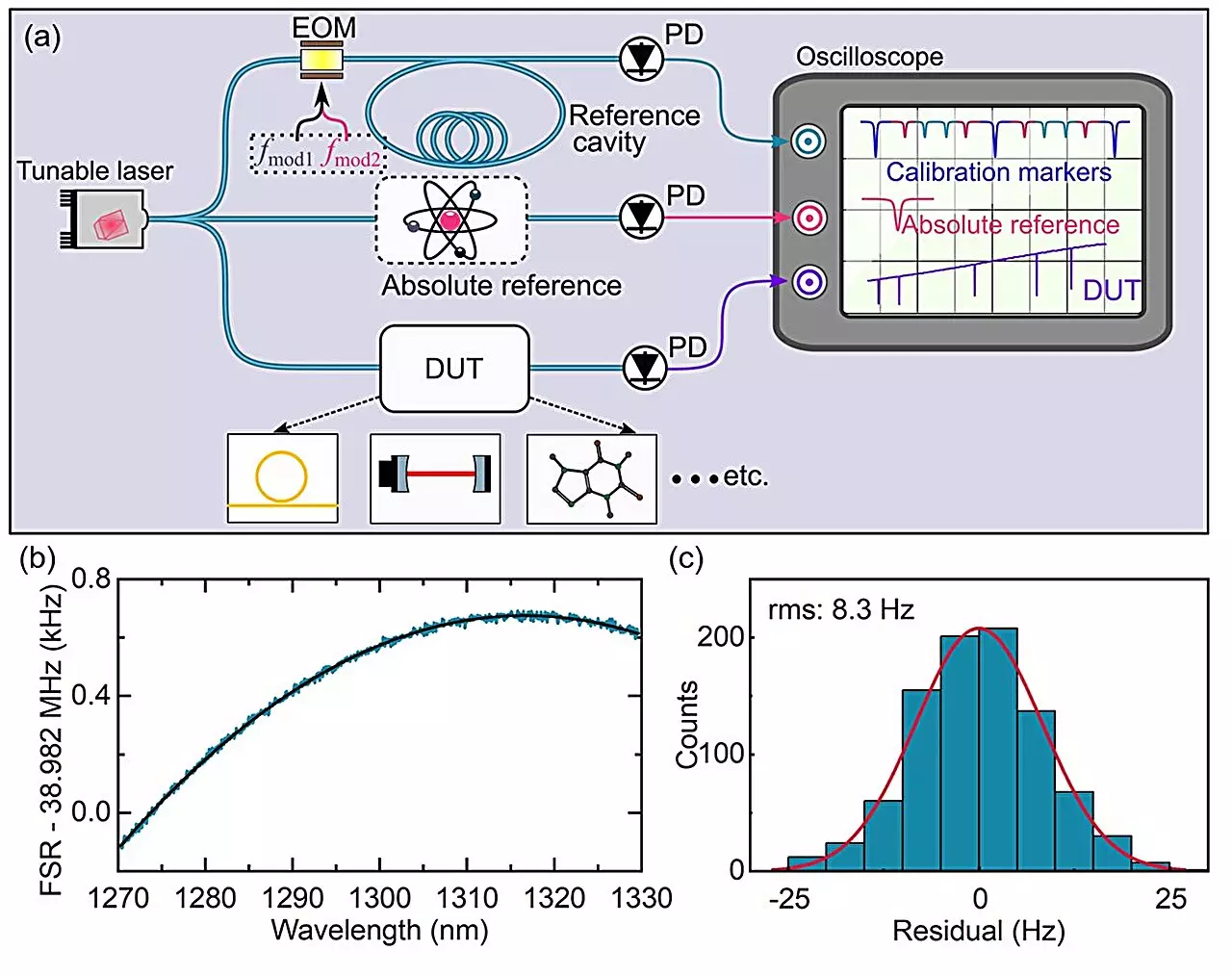Laser spectroscopy has come a long way since its inception in the 1960s, evolving into an indispensable tool for studying the intricate structures and dynamics of atoms and molecules. With advancements in laser technology, the capabilities of laser spectroscopy have been greatly enhanced, paving the way for groundbreaking discoveries and applications in various scientific disciplines.
Frequency comb-based laser spectroscopy has revolutionized the field by enabling incredibly precise frequency measurements, with an accuracy of up to 18 digits. This level of precision was recognized with a Nobel Prize in Physics in 2005 and has found applications in optical clocks, gravity sensing, and the search for dark matter. Despite its remarkable accuracy, frequency combs have limitations, such as low power per comb mode and gaps between comb modes that make detecting trace gases challenging.
On the other hand, tunable continuous-wave (CW) laser spectroscopy offers high photon flux, long interaction paths, and frequency agility, making it ideal for sensitive molecular spectroscopy, gas sensing, and LIDAR applications with high signal-to-noise ratios (SNR). However, these systems can experience fluctuations in laser frequency scan speed, which can impact the accuracy of measurements.
To address the limitations of both frequency comb-based and tunable CW laser spectroscopy, researchers at the Max Planck Institute for the Science of Light have developed a new method that combines the accuracy of a frequency comb with the tunability and high power of a CW laser. This approach involves on-the-fly calibration of the laser frequency using a fiber cavity and a dual radio frequency (RF) modulation technique, enabling precise tracking of the laser’s color throughout the spectrum.
The new broadband spectroscopy method offers Hz-level precision, allowing researchers to measure optical frequency distances between spectral features with ultra-high accuracy. This technique has been used to characterize spectral features of integrated photonic devices, measure molecular absorption spectra with significant improvements in precision, and is suitable for a wide range of applications, including LIDAR systems, 3D imaging, open-path trace gas sensing, and calibration of astrophysical spectrometers.
The evolution of laser spectroscopy has led to the development of innovative methods that offer unprecedented accuracy, power, and simplicity. The new approach developed by researchers at the Max Planck Institute represents a significant advancement in the field, providing a robust and straightforward solution for a variety of applications in challenging environments. As technology continues to advance, the future of laser spectroscopy holds great promise for further discoveries and breakthroughs.


Leave a Reply